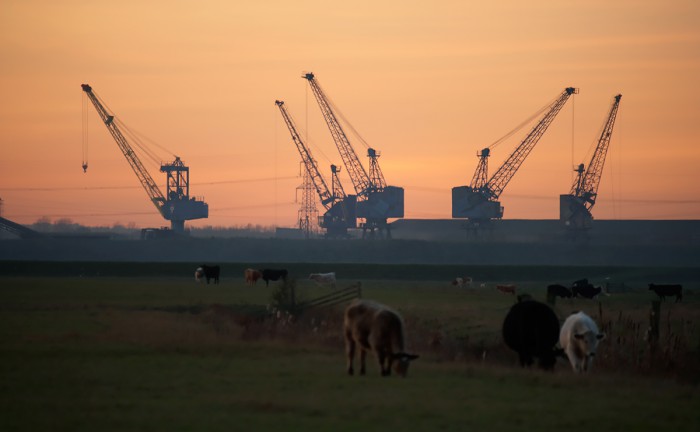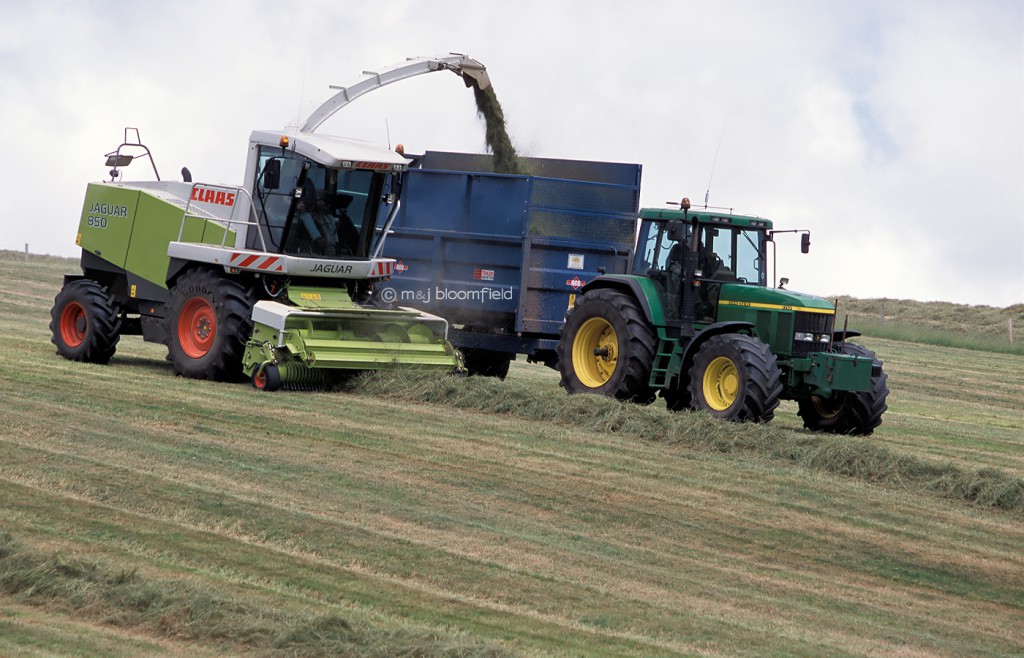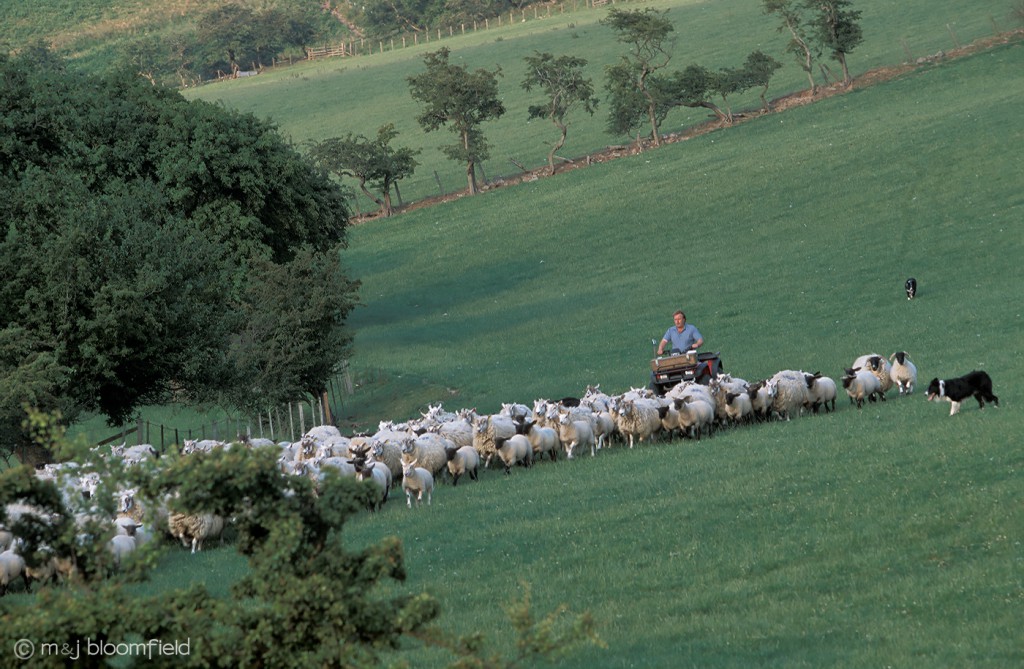
Our countryside and open spaces
Factory, power station, housing estate, recreationally facility, storage area, a great day out, our countryside has to be many things. But is modern Britain putting too much strain on our open spaces?
Before industrialisation most of the population lived in the country. Towns and cities were unhealthy cramped places with no work. The industrial revolution changed that. Suddenly it was towns were work was to be had. Workers abandoned the countryside, for an urban lifestyle. Towns then soon became overcrowded and rank with disease. It was the Victorians and their love of technology, which overcame these problems, making it possible to live side by side in towns. The countryside emptied of people and turned into the peaceful idyll, we romanticise about today.
In the Victorian era, individual living space was tiny when compared to today. Even our high rise life style can’t compete with the crowding of Victorian cities. And for the majority a small house that would have held three or four families of 7-12 people now holds just 4.
Our desire for bigger living spaces, coupled with our expanding population, puts pressure on our finite land resources. Six times more people live in the UK right now, than at the time of the industrial revolution. The only place we can get more land, to accommodate those sort of numbers is from the open countryside.
Along with the need to use more of our countryside to live in. Our towns and cities are losing their appeal. Many more people are looking to move out of urban areas and back to the country. This desire to live in the country is now perhaps, greater than ever before. But very few of those who want to move to the country, view the countryside, as a source of employment. So for this group of people, to earn a living means doing daily battle with the transport system.
Pressure on our countryside not only comes from people needing or wanting to live there, it also comes from the need to feed ourselves. Food security, highlighted by two world wars, forced food production to become more efficient, it become a top priority. When peace came wartime food production methods continued. Where these weren’t enough, new technology in the form of agrichemicals and plant breeding stepped in. We had turned our countryside into a factory floor.
This factory now has to produce food at a price governed in the most part by the consumer and international markets. Should it fail to produce satisfactory goods, or at a price that is unacceptable, overseas suppliers are ready, willing and able to step in. That is until their own populations start to starve, because of climate change, then who will they supply first?
More financial pressures, the influx of deceases such as the Schmallenberg virus, changing weather patterns, gives the custodians of our land, the farmers, an uncertain future. Many are only just surviving. Why should we care? Because farming created our landscape, without it we would live in a wild wood. Our view of a bucolic countryside is based on books like “Cider with Rosie”, “The Darling buds of May” and our favourite “Worzel Gummidge”. These are not the harsh economic realities that dominate the countryside factory of today. Our countryside is dependent farmers. They are the group that have most influence on what we see on our visits to the country. And farmers are just trying to earn a living find a method of feeding their families. If they are not earning money to look after the countryside, why should they?
Our countryside is under threat, a well worn cliché we hear all the time. We think it is important that we all try to protect the open spaces around us. This doesn’t mean we shouldn’t build houses or wind farms. But what we must do, is to preserve open spaces, for us and our children and our children’s children.


Comments RSS Feed